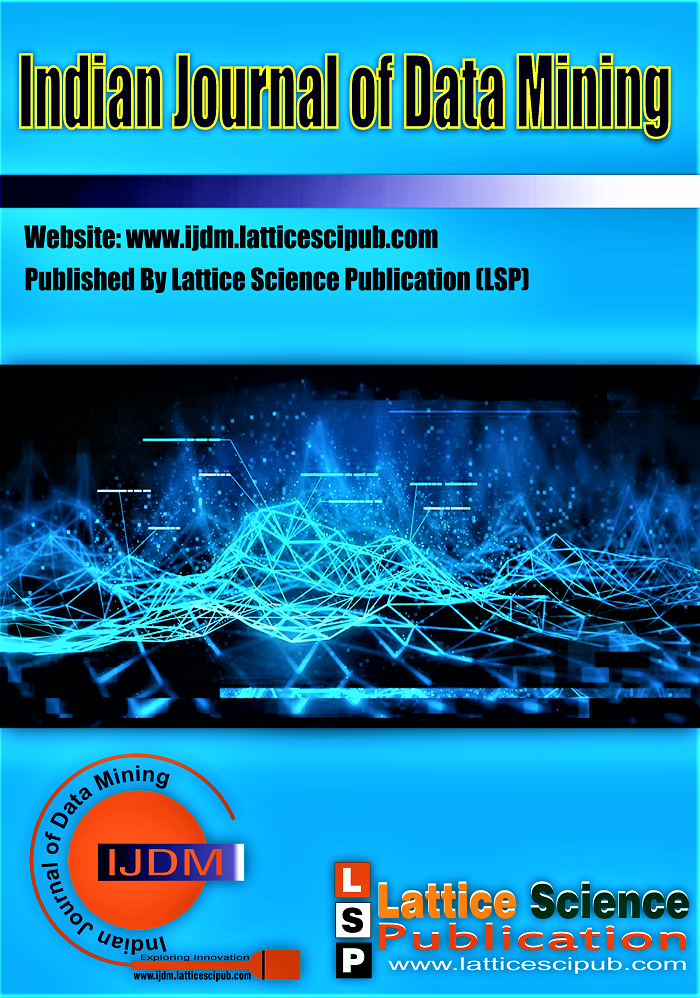Deep Convolutional Generative Modeling for Artificial Microstructure Development of Aluminum-Silicon Alloy
Main Article Content
Abstract
Machine learning which is a sub-domain of an Artificial Intelligence which is finding various applications in manufacturing and material science sectors. In the present study, Deep Generative Modeling which a type of unsupervised machine learning technique has been adapted for the constructing the artificial microstructure of Aluminium-Silicon alloy. Deep Generative Adversarial Networks has been used for developing the artificial microstructure of the given microstructure image dataset. The results obtained showed that the developed models had learnt to replicate the lining near the certain images of the microstructures.
Downloads
Article Details

This work is licensed under a Creative Commons Attribution-NonCommercial-NoDerivatives 4.0 International License.
How to Cite
References
Michie, D., Spiegelhalter, D.J. and Taylor, C.C., 1994. Machine learning. Neural and Statistical Classification, 13(1994), pp.1-298.
McCallum, A., Nigam, K., Rennie, J. and Seymore, K., 1999, July. A machine learning approach to building domain-specific search engines. In IJCAI (Vol. 99, pp. 662-667).
Dietterich, T.G., 1997. Machine-learning research. AI magazine, 18(4), pp.97-97.
Bishop, C.M., 2006. Pattern recognition and machine learning. springer.
Liu, M.Y. and Tuzel, O., 2016. Coupled generative adversarial networks. In Advances in neural information processing systems (pp. 469-477).
Karras, T., Laine, S. and Aila, T., 2019. A style-based generator architecture for generative adversarial networks. In Proceedings of the IEEE conference on computer vision and pattern recognition (pp. 4401-4410). [CrossRef]
Goodfellow, I., 2016. NIPS 2016 tutorial: Generative adversarial networks. arXiv preprint arXiv:1701.00160.
Zhang, H., Goodfellow, I., Metaxas, D. and Odena, A., 2019, May. Self-attention generative adversarial networks. In International Conference on Machine Learning (pp. 7354-7363). PMLR.
Y. O. Lee, J. Jo and J. Hwang, "Application of deep neural network and generative adversarial network to industrial maintenance: A case study of induction motor fault detection," 2017 IEEE International Conference on Big Data (Big Data), Boston, MA, 2017, pp. 3248-3253, https://doi.org/10.1109/BigData.2017.8258307 [CrossRef]
Luo, J., Huang, J. & Li, H. A case study of conditional deep convolutional generative adversarial networks in machine fault diagnosis. J Intell Manuf (2020). https://doi.org/10.1007/s10845-020-01579-w [CrossRef]
Mao, Y., He, Q. and Zhao, X., 2020. Designing complex architectured materials with generative adversarial networks. Science Advances, 6(17), p.eaaz4169. https://doi.org/10.1126/sciadv.aaz4169 [CrossRef]
R. Singh, R. Garg, N. S. Patel and M. W. Braun, "Generative Adversarial Networks for Synthetic Defect Generation in Assembly and Test Manufacturing," 2020 31st Annual SEMI Advanced Semiconductor Manufacturing Conference (ASMC), Saratoga Springs, NY, USA, 2020, pp. 1-5, doi: https://doi.org/10.1109/ASMC49169.2020.9185242 [CrossRef]





